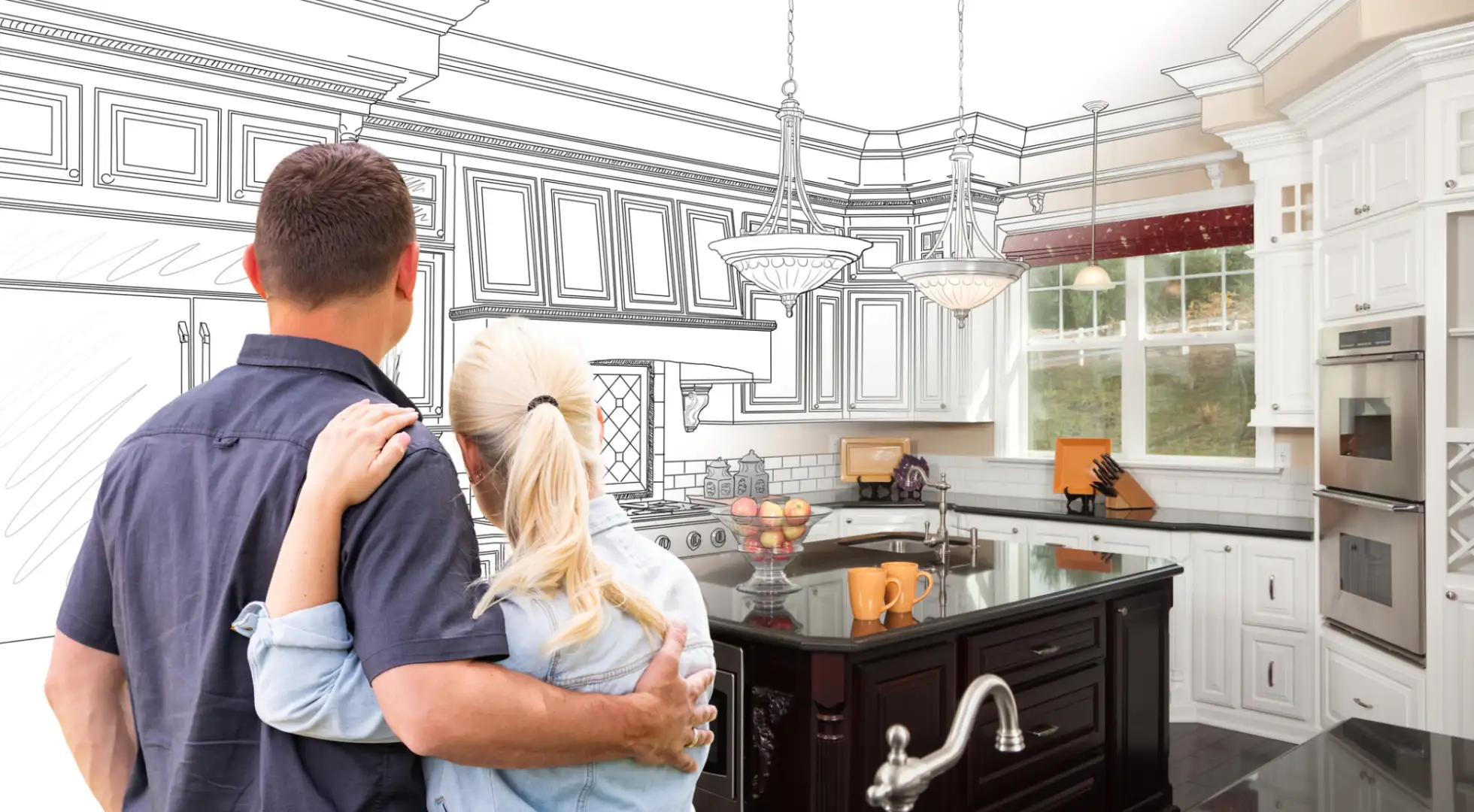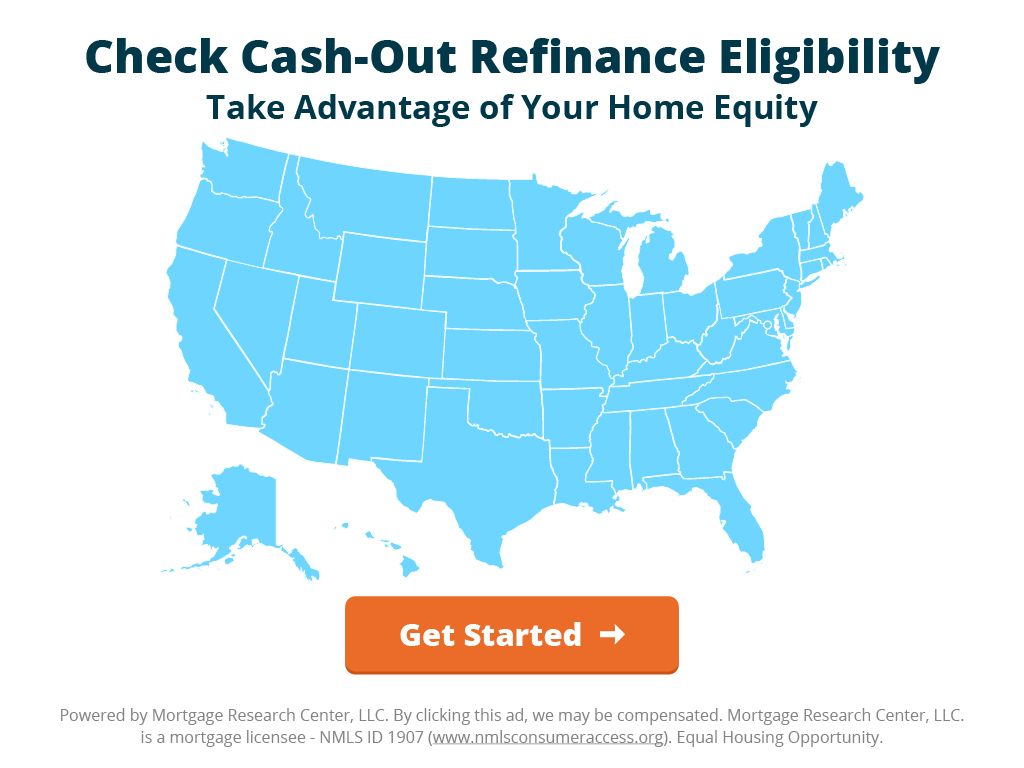Want to Boost Your Home Value? Avoid These Seven Remodeling Projects

Americans are set to spend nearly $450 billion on home renovations projects this year, according to Harvard University’s Joint Center for Housing Studies.
“Massive increases in house price appreciation and the resulting levels of tappable home equity will continue to support remodeling activity this year and into next,” said Carlos Martín, project director of the center’s Remodeling Futures Program.
Whether a renovation makes financial sense depends on the why. Is your aim to increase your home’s value or enhance your enjoyment of it?
If your primary concern is increasing your home’s sale price, a seemingly profitable endeavor might not add up when you crunch the numbers. Many renovations cost more than your home will gain in value.
How much your renovation will add to your sale price is hard to ascertain. But data from the National Association of Realtors (NAR) suggests that some renovation projects are more likely to lose money than others.
More: Tap into your home's equity with a top mortgage lender
NAR’s Remodeling Impact data
To gauge the boost in home values, NAR calculated the average “cost recovery” rate, the percentage of the renovation cost a seller would be able to recover from the market. A renovation costing $10,000 with a cost recovery rate of 100% would lift the sale price by $10,000. At a cost recovery rate of 40%, that same project would only add $4,000 in value.
NAR calculates “joy” and “cost recovery” scores for potential renovations in its Remodeling Impact Report and Outdoor Features Report. Mortgage Research Center analyzed these scores to help you determine which renovations make the least sense when selling your home.
Seven Worst Home Improvements
We found seven categories of home improvements with a cost recovery rate of 75% or less. That means you will likely lose 25% or more of your investment if you are renovating your home to sell.
These are the worst remodeling projects in terms of average cost recovery.
Swimming Pools
Pools are highly geographically specific. If you live in an area with many warm weather days, pools can increase your sale price.
Nevertheless, adding a pool can be a terrible investment when looking at the actual returns. While it does add value to your home, a pool’s cost recovery is a dismal 43%. According to NAR’s data, the average cost of an 18’ x 36’ pool is $57,500, but it only adds about $25,000 to a house’s value.
If you aren’t selling, installing a pool might not be a bad idea. In a survey of new pool owners, NAR compiled an average joy score of 8.8 out of 10.
Adding Bedrooms
A new bedroom does not increase your home’s value by the amount you would spend on the project. According to data cited by NAR, the average cost of a new bedroom addition is $172,500. NAR estimates you’ll only recover $100,000 at sale, a cost recovery rate of only 56%.
Upgraded Front Door
Front door upgrades are popular, especially since they are less expensive than other projects. Upgrading to a steel ($3,150) or fiberglass ($2,000) front door can enhance your home’s security and energy efficiency.
But NAR’s estimated cost recovery rates on steel and fiberglass front doors are 63% and 60%, respectively. Don’t waste money on these upgrades if renovating for a higher sale price.

Adding Bathrooms
New bathrooms share the same fate as new bedrooms: They increase your home’s resale value but not enough to offset their cost. NAR cites an average of $80,000 to build a new bathroom. The average sale price of your home will only increase by $50,000, another cost recovery rate of only 63%, according to NAR.
Upgrading Windows
Homeowners replace old windows with new vinyl or wood versions for cosmetic purposes or to improve energy efficiency, which would save money for people who plan to remain in their home.
NAR data suggests the cost of upgrading a 2,495 square-foot home to vinyl windows is around $30,000. But vinyl windows only add $20,000 to the price buyers are willing to pay for the house, a cost recovery rate of 67%.
Replacing the windows on that same home with standard wooden ones would cost about $48,000 but only bump the price by $30,000. You would only recover about 63% of your costs.
Adding a Fire Pit
Installing an exterior fire feature can enhance the year-round enjoyment of your outdoor spaces. But the rate of return on the sale price of your home is sub-optimal. According to NAR, adding a gas burner fireplace with a 10’ square flagstone patio incurs an average cost of $6,000.
The average improvement to home value was only $4,000, or 67% of that cost.
Kitchen Upgrades
The best reason to upgrade your kitchen is that you love cooking. The worst reason is to make a higher profit when you sell your home. According to the NAR data, you probably won’t.
NAR looked at complete kitchen renovations, upgrading kitchens and adding an outdoor kitchen. All three options had a cost recovery rate of 75% or less.
Complete kitchen renovations cost an average of $80,000 but only yielded $60,000, a cost recovery rate of 75%. Installing an outdoor kitchen– an inset grill, stainless steel doors, ice chest, sink, and 60 square feet of counter space– cost around $14,000 but only added $10,000 to home value, a 71% cost recovery rate.
But standard kitchen upgrades fared the worst, costing an average of $45,000, with sellers only recovering $30,000 of that at sale, a rate of 67%.
Next Step: Check the right way to tap your home equity with a trusted refinance lender
The Best Home Renovations
To improve the value of your home, which renovations should you consider first?
According to NAR’s data, top cost recovery performers included the following:
Hardwood flooring refinish (147%)
New wood flooring (100%)
Insulation upgrade (100%)
Landscape maintenance (100%)
Roofing (100%)
Garage Door (100%)
Wood floors, energy efficiency and curb appeal are top priorities for home buyers. In a competitive housing market, these improvements might command higher rates even higher than the NAR averages.
Talking to appraisers and real estate professionals about your local market can help determine if a specific renovation project will be profitable.
More from Mortgage Research News:
Pros and Cons of Adjustable-Rate Mortgages as Homebuyers Seek Cheaper Financing
Mortgage Rates Hit a Nearly 14-Year High. Here's The Silver Lining for Homebuyers.
Mortgage Rates Spike to Highest Level Since 2008 on Red-Hot Inflation, Freddie Mac Says




